Bea is Back
Eclectic Lecture Series |
|
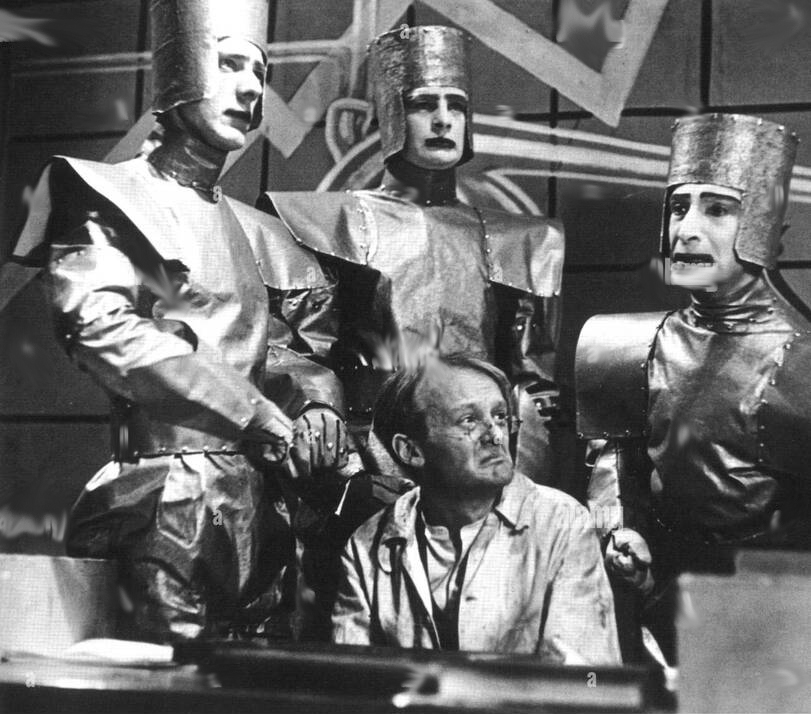 Español
Español
January 28, 2024
by Barbara Goodman
A story in the Iliad tells of Zeus standing on Mt. Olympus holding two urns, one filled with blessings, the other with sorrows. Along with thunderbolts, Zeus casts them toward Earth, where they land randomly. Some mortals get the jewels, others the dung. Do good things happen to bad people? Yep. Is sorrow as common as sweet? Yep. Live with it, humans. The way Bea Aronson lives with it is through creating: with verse, with paint, with metal, with paper, with speech. The multi-hyphenate artist, who's spent the past 16 years in SMA, has had some rough patches, but as the title of her new eight-part lecture series at the JC3 announces: Bea's Back! on Thursdays* running through March, Aaronson shares her enthusiasms, starting with a four-part series on the history of theater. The sequence begins with ancient Greek theater—which originated in Egypt—and Aaronson will take listeners across the globe following what she calls "all the isms" (naturalism; realism, etc.) through Dada and the surreal. This journey, she says, explores 25 centuries of actors, stages, scripts, craft and ideas.
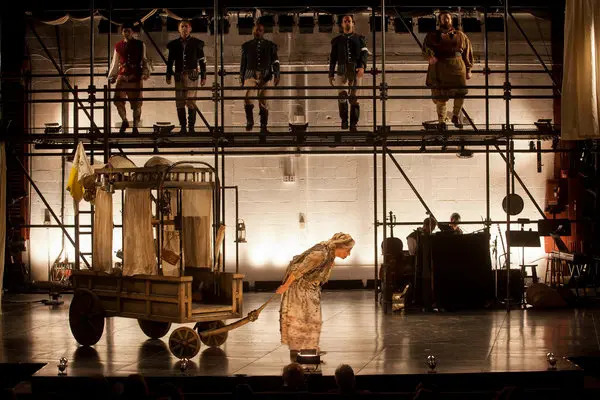
It might be the last of those that interests her most. Though productions change, she argues, the purpose of theater remains the same: to give the audience a cathartic experience through moments of understanding and intimacy. Expression, she says, is what drives creativity, the need to expel and share what one holds inside. Whether it's commedia dell'arte or a woman ranting onstage, it all circles back to the tradition of the storyteller, which dates, she thinks, from the discovery of fire.
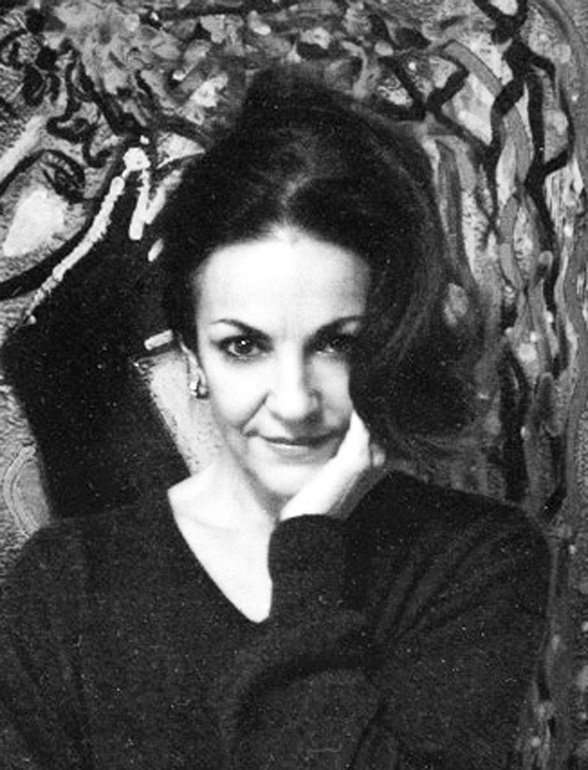
Bea
*
Born in France, Aaronson holds degrees in art, French literature and philosophy: her theses were written on the painter Gustave Moreau and the writers Charles Baudelaire and Marcel Proust. Her fourth and fifth lecture, fittingly, will be on the 16th century satirist Francois Rabelais and the 16th century essayist Michel de Montaigne. Rabelais, who trained as a physician, is perhaps best known for his scatological takes on the human condition: excrement, Aaronson, says, "the cosmic fart," is as important to art as beauty. Montaigne perhaps best known as the father of the personal essay, could be "blamed" (this critic thinks wryly) for the overabundance of memoir. Skeptic and secularists, appetite and intellect, these masters of the French Renaissance represent the burgeoning of non-secular philosophy and liberalism. Aaronson's final two lectures will be on fractals and artificial intelligence. When asked how these topics connect to her earlier themes, Aaronson shrugs her shoulders, takes a puff from her cigarette, smiles and says, "They interest me."
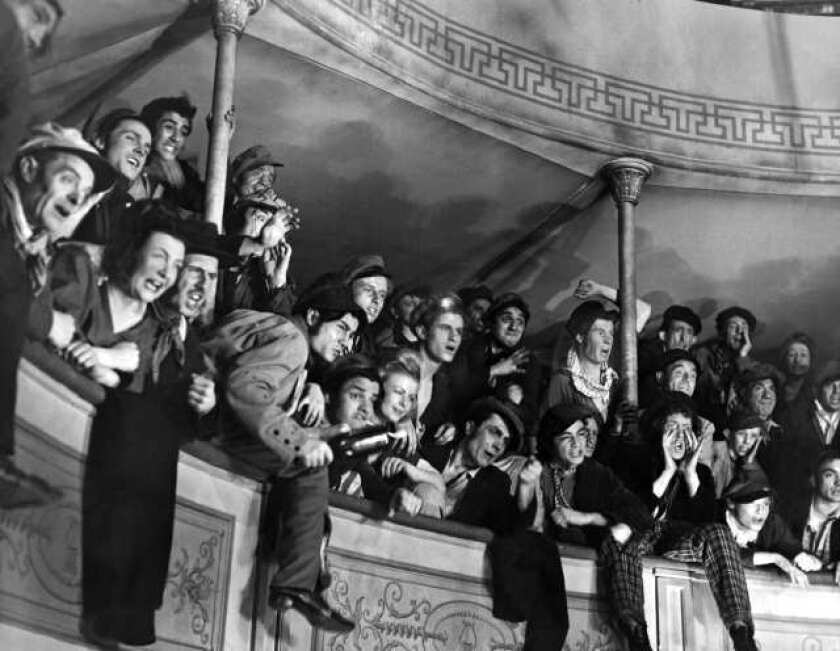
Right now Aaronson is working on a series of found and silver-painted objects she's calling "The Ice Age." She's writing poems. She's preparing a lecture on Asian and non-Western theater. "It keeps my mind off "the mess of life," she says.
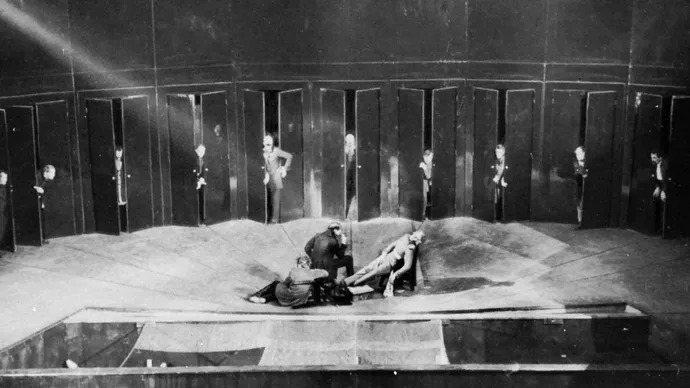
Zeus slings his thunderbolts. Women make lemonade from lemons. Bea's back!
---
*Most lectures are Thursday afternoons, but, to be sure, please check.
|
|
|
|
 Béa Aaronson was born in Paris. She is a self-taught multimedia artist (painter, sculptor, welder, collagist, photographer), a published poet, author, and art critic, an international lecturer and independent scholar, as well as a stage performer and movie actress.
Béa Aaronson was born in Paris. She is a self-taught multimedia artist (painter, sculptor, welder, collagist, photographer), a published poet, author, and art critic, an international lecturer and independent scholar, as well as a stage performer and movie actress.
She holds a Honors degree in History of Art, with a thesis on Gustave Moreau A Mystical World, an MA in French Literature with a thesis on Charles Baudelaire entitled Baudelaire Le Sang: Homopoeisis et Blessure, an essay on the symbolism of Blood and the Wound in The Flowers of Evil, and a PhD in Philosophy and Comparative Literature with a dissertation on Marcel Proust, The Bark and The Sap: A Midrashic Reading of Marcel Proust’s A la recherche du temps perdu, focusing on the Jewish Kabalistic dimension of In Search of Lost Time.
She has published many essays, poems, articles, drawings, paintings and photographs in various magazines, journals and encyclopedias, such as Found Object in New York, Deus Loci in Baltimore, Tessera in Canada, The Review of Francophone Literature in Amsterdam, The Encyclopedia of Twentieth Century Jewish Writers in London, and Polyphony in Charleston. She published and illustrated her first book in 1998, Baudelaire-Miller Sexual Squalor in Paris, which is now the property of Harvard’s Private book collection.
Aaronson has exhibited her work in
the FIAC in Paris and Strasbourg;
Galerie de l’Europe, rue de Seine Paris
the Chateau de Sade for the French designer Pierre Cardin;
the International Art Fairs of Miami and Beirut;
the National Gallery of Art in Cape Town, South Africa;
the Gibbes Museum in Charleston, SC;
in Israel, Mexico, and the United States of America.
She was the official Piccolo Spoleto poster artist, in 1989, 2001, and 2005, and also created posters for The Alliance Française and the Jewish Cultural Center of Charleston, SC.
Her creative journey is an adventure of the senses, a synesthesia of energies and media… Beyond frames, beyond categories.
bea_aaronson@hotmail.com
415 152 02 36
www.artlifebea.com
Art
| |
|
|
**************
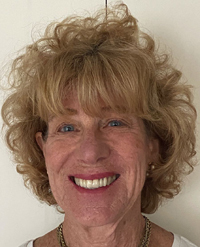
Barbara Goodman has been published in the New York Times, the Wall Street Journal, Time Magazine, and American Airline's in-flight magazine; in a former life she received the Parenting Publications of America's award for Best Commentary in a small-circulation periodical. She's a member of the Society of Professional Obituary Writers, and the author and illustrator of the online series, "Eventually It Starts to Make Sense."
Website
Facebook
**************
*****
Please contribute to Lokkal,
SMA's online collective:
 ***
***
Discover Lokkal:
Watch the two-minute video below.
Then, just below that, scroll down SMA's Community Wall.
Mission

Visit SMA's Social Network
Contact / Contactar

|
|
|
|
| | |
Click ads
Contact / Contactar
 copyright 2025
copyright 2025
|
